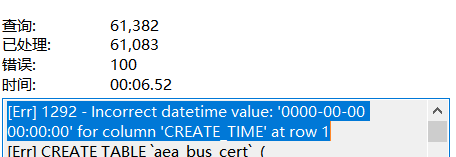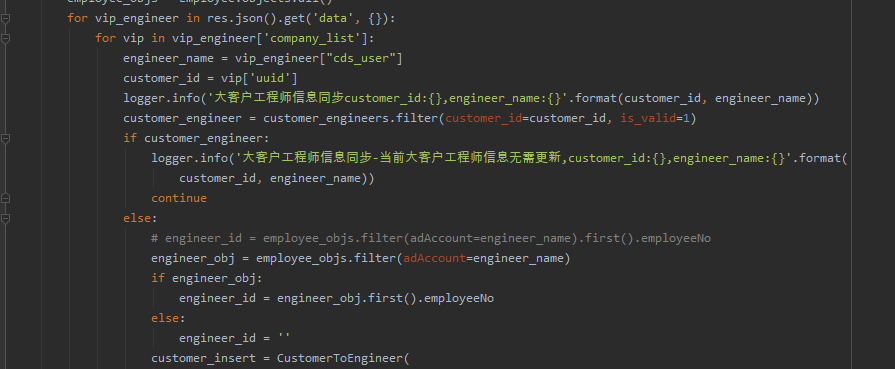方法一:
@RequestMapping('download')def download(HttpServletRequest request, HttpServletResponse response) { TtxSession session = getSession(request) String fileName='OrderData--20190225.csv' String pathName="C:\\export\\OrderData--20190225.csv" downloadFile(response, fileName) { HttpServletResponse res -> byte[] bs = new File(pathName).toPath().readBytes() response.getOutputStream().write(bs) } return null}方法二
@RequestMapping('downloads')def downloads(HttpServletRequest request, HttpServletResponse response) { String path="C:\\export\\OrderData--20190225.csv" // path是指欲下载的文件的路径。 File file = new File(path) // 取得文件名。 String filename = file.getName() // 取得文件的后缀名。 String ext = filename.substring(filename.lastIndexOf(".") + 1).toUpperCase() // 以流的形式下载文件。 InputStream fis = new BufferedInputStream(new FileInputStream(path)) byte[] buffer = new byte[fis.available()] fis.read(buffer) fis.close() // 清空respons response.reset() // 设置response的Header response.addHeader("Content-Disposition", "attachment;filename=" + new String(filename.getBytes())) response.addHeader("Content-Length", "" + file.length()) OutputStream toClient = new BufferedOutputStream(response.getOutputStream()) response.setContentType("application/octet-stream") toClient.write(buffer) toClient.flush() toClient.close() return null}













